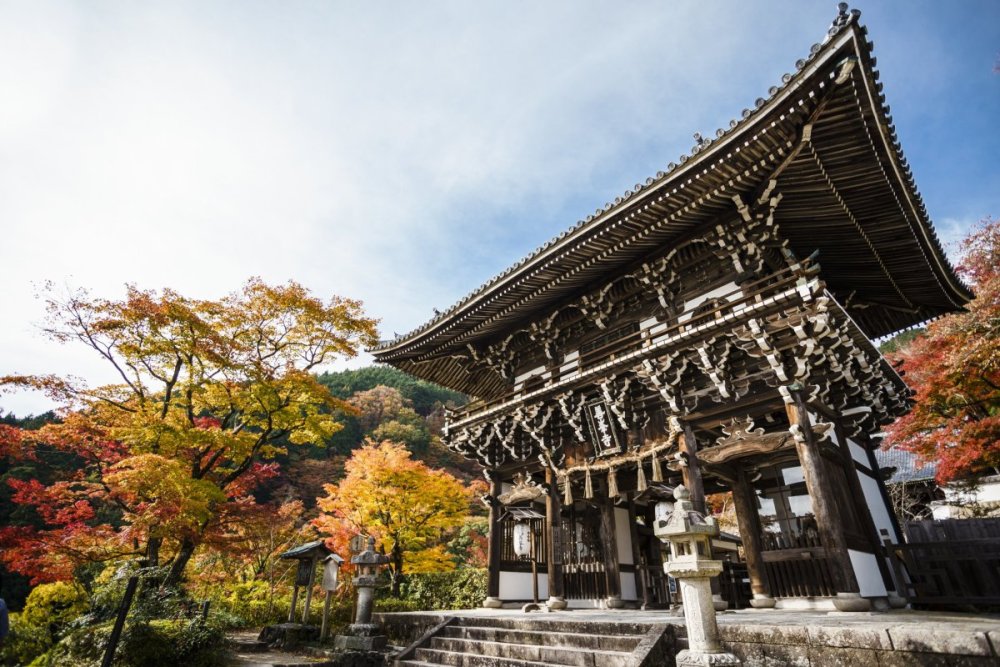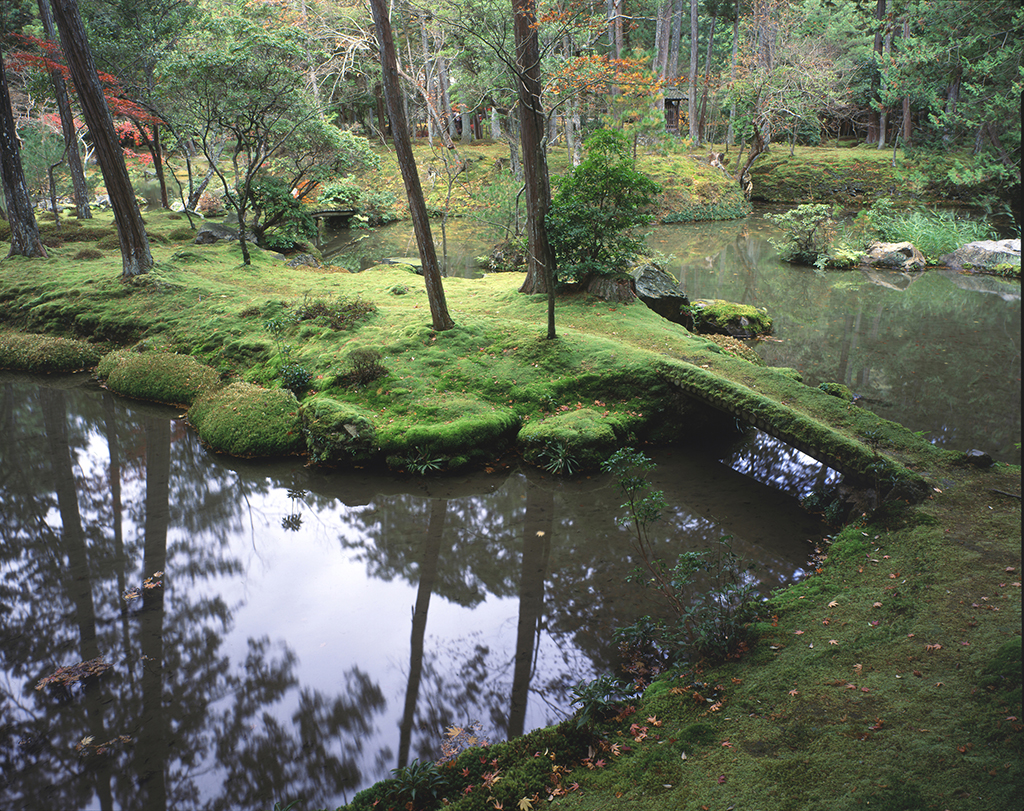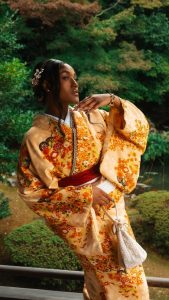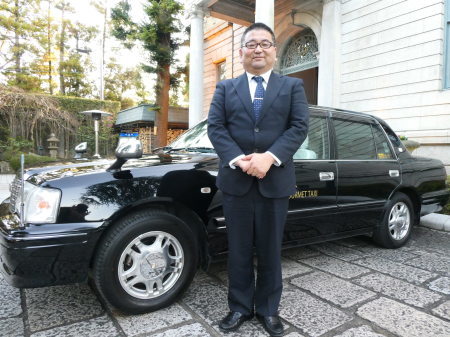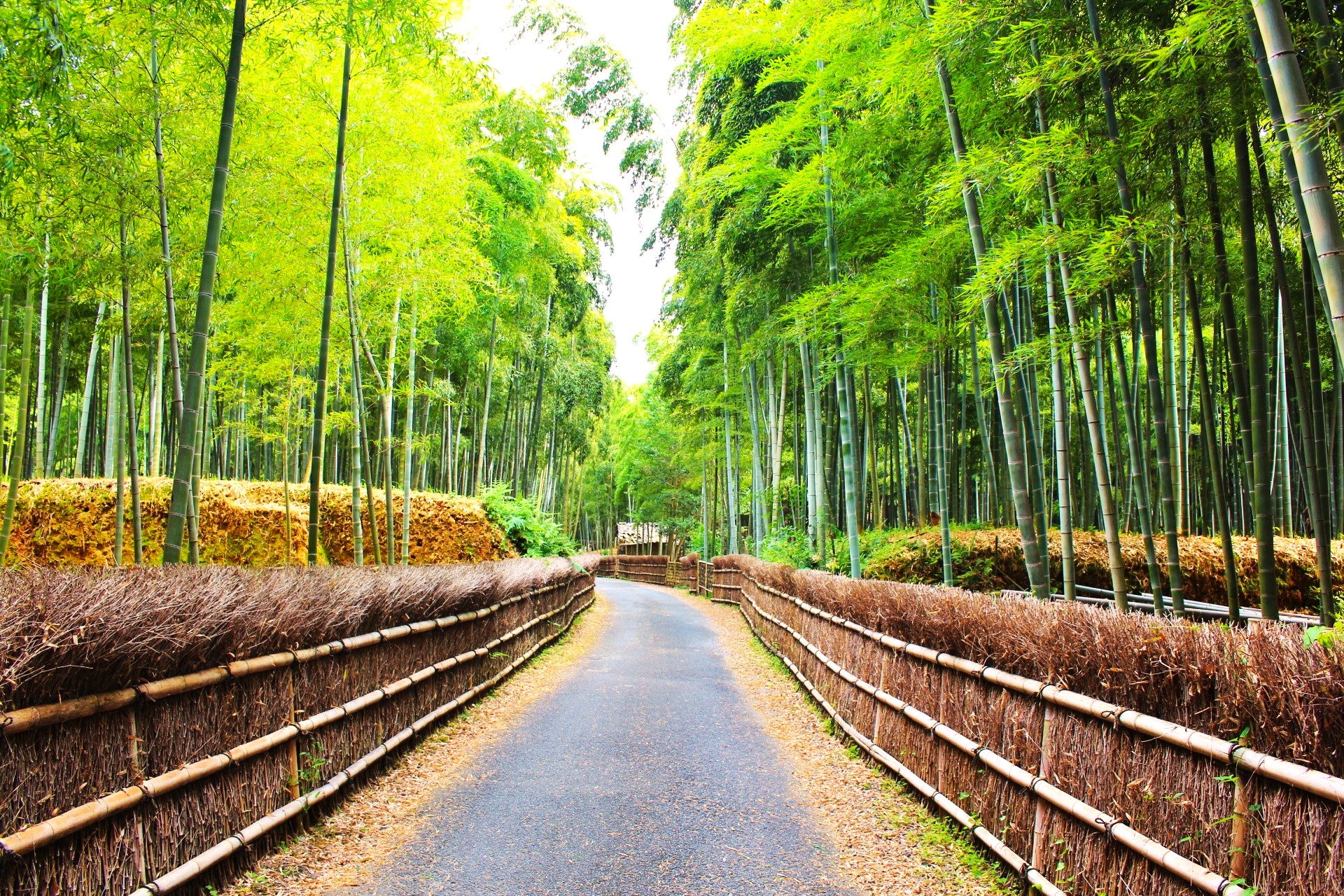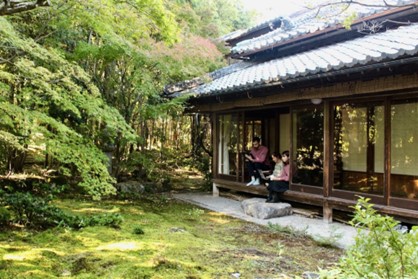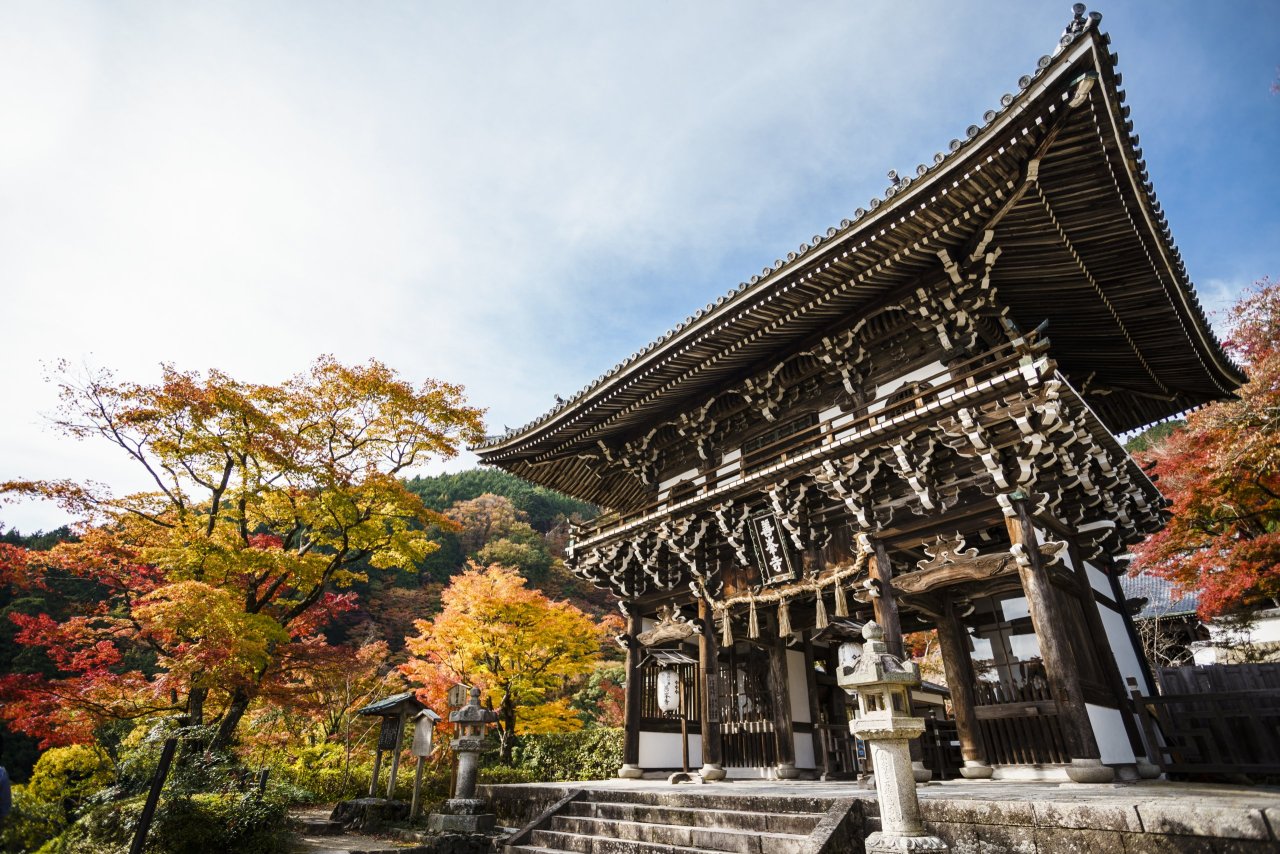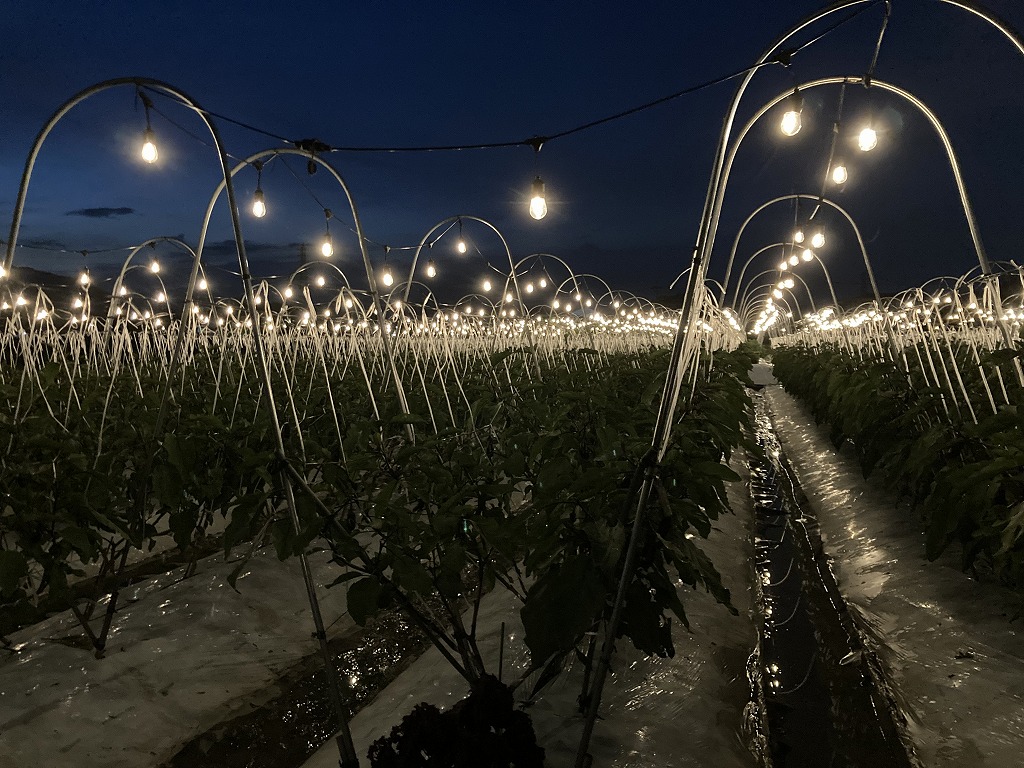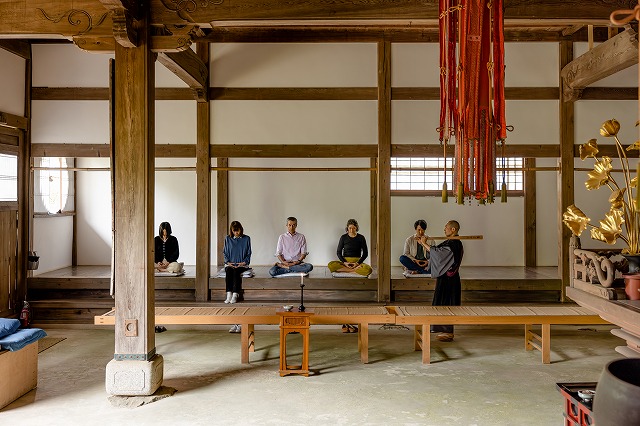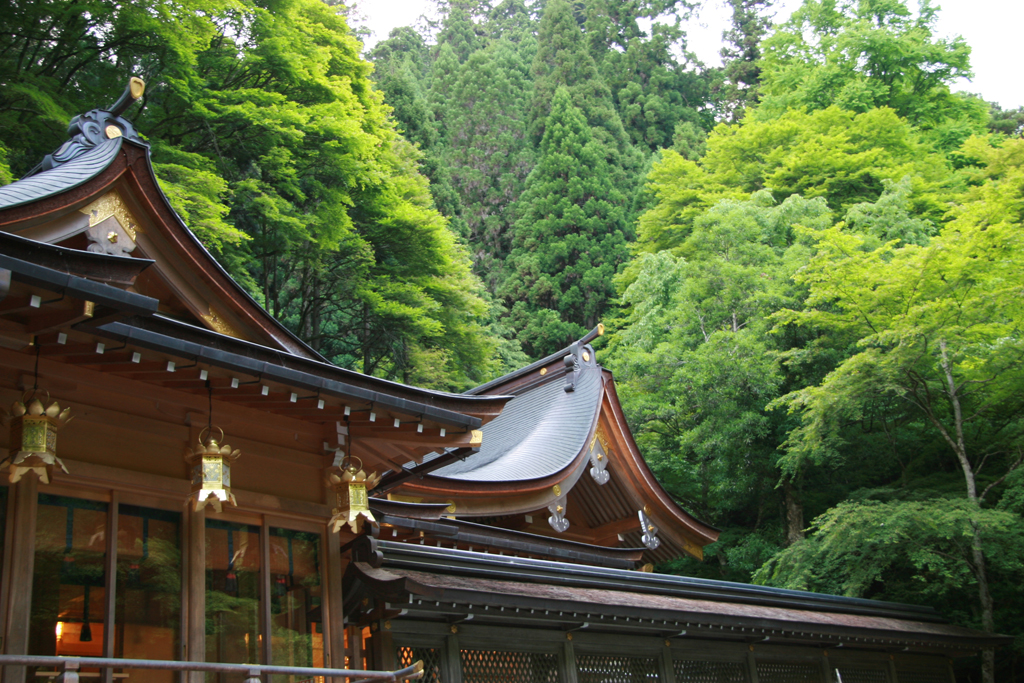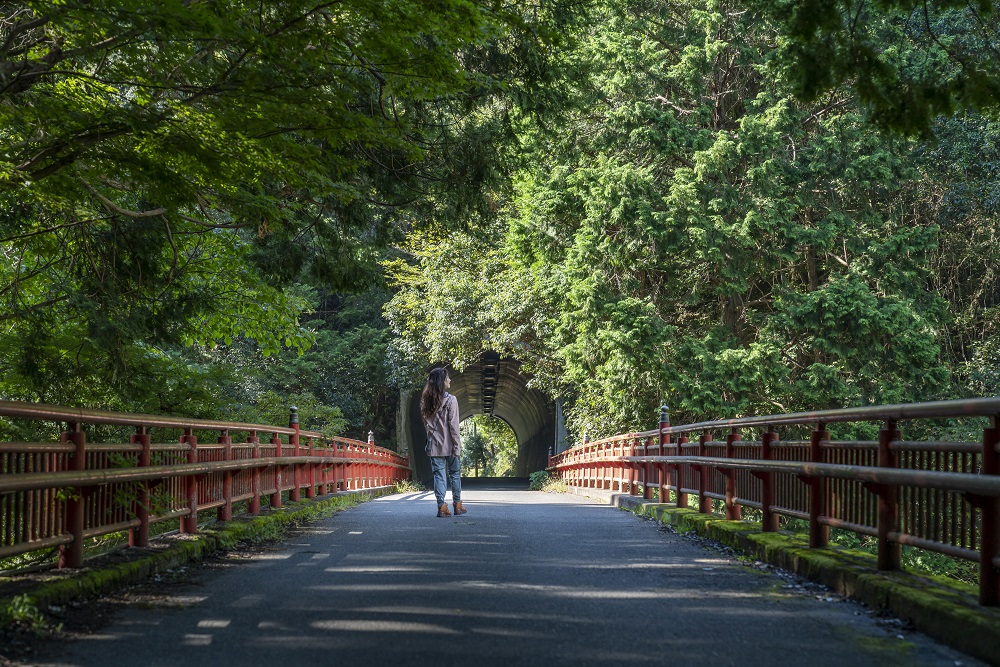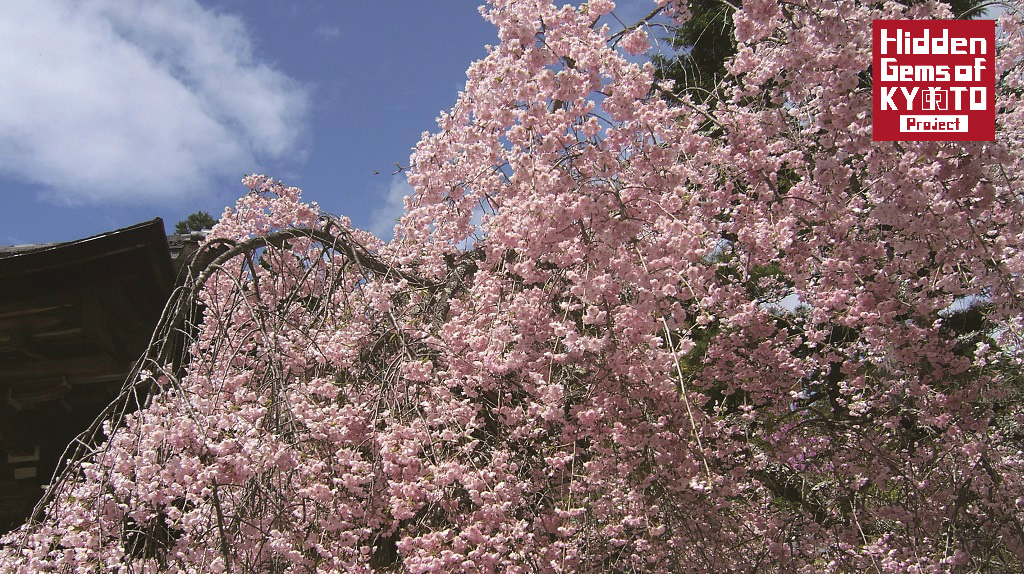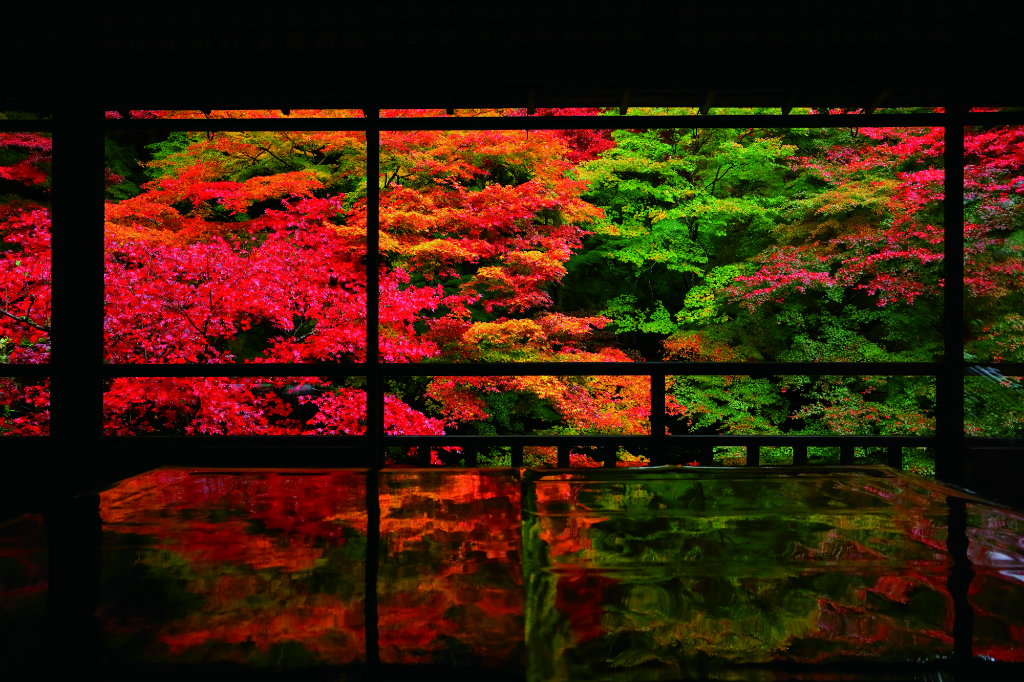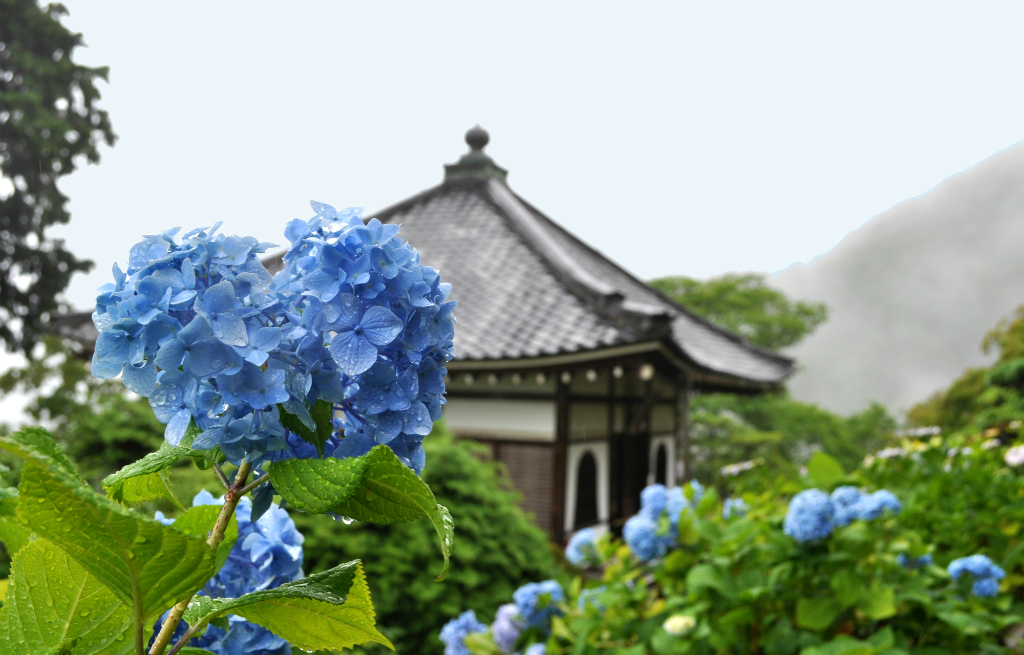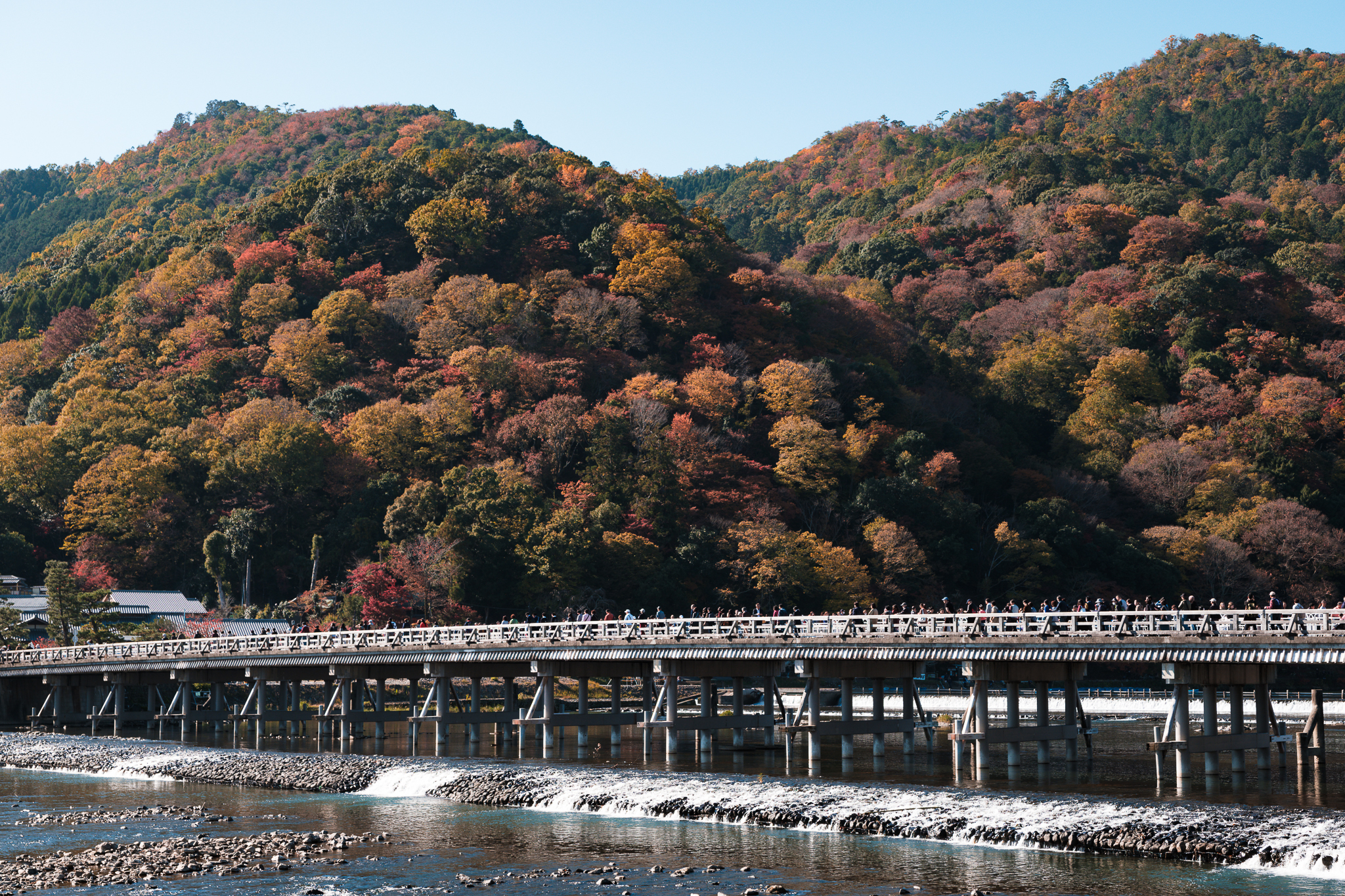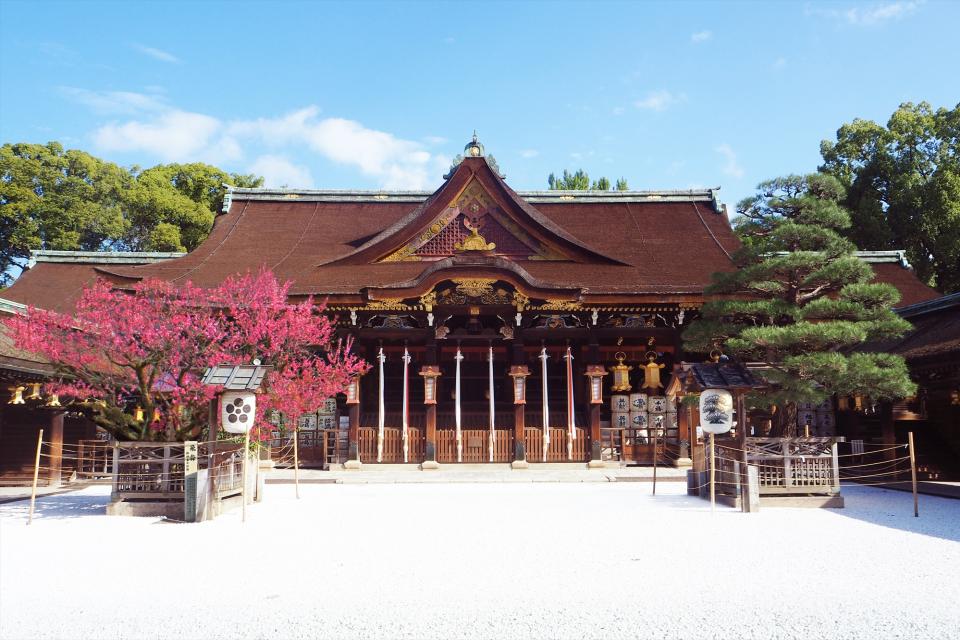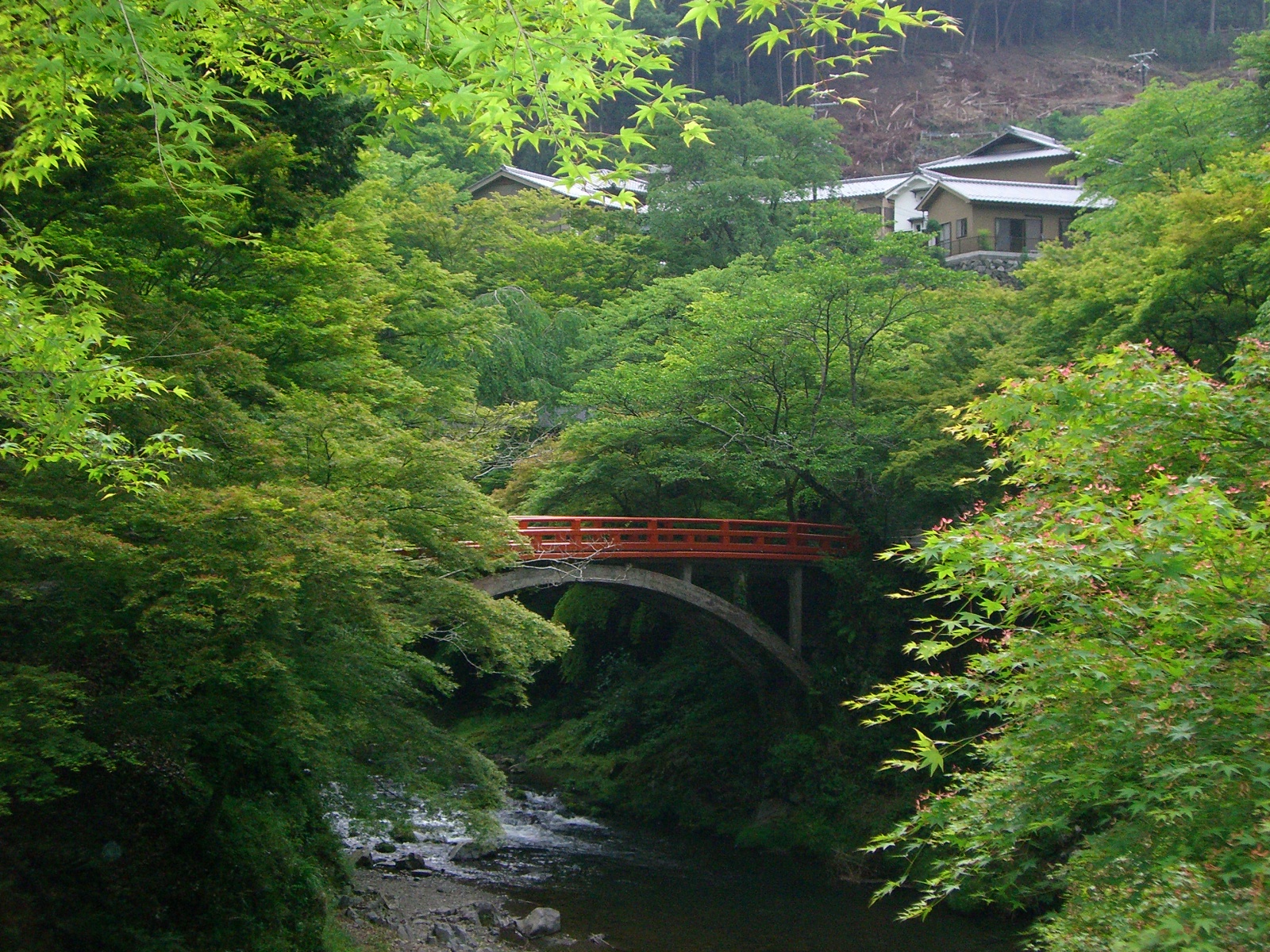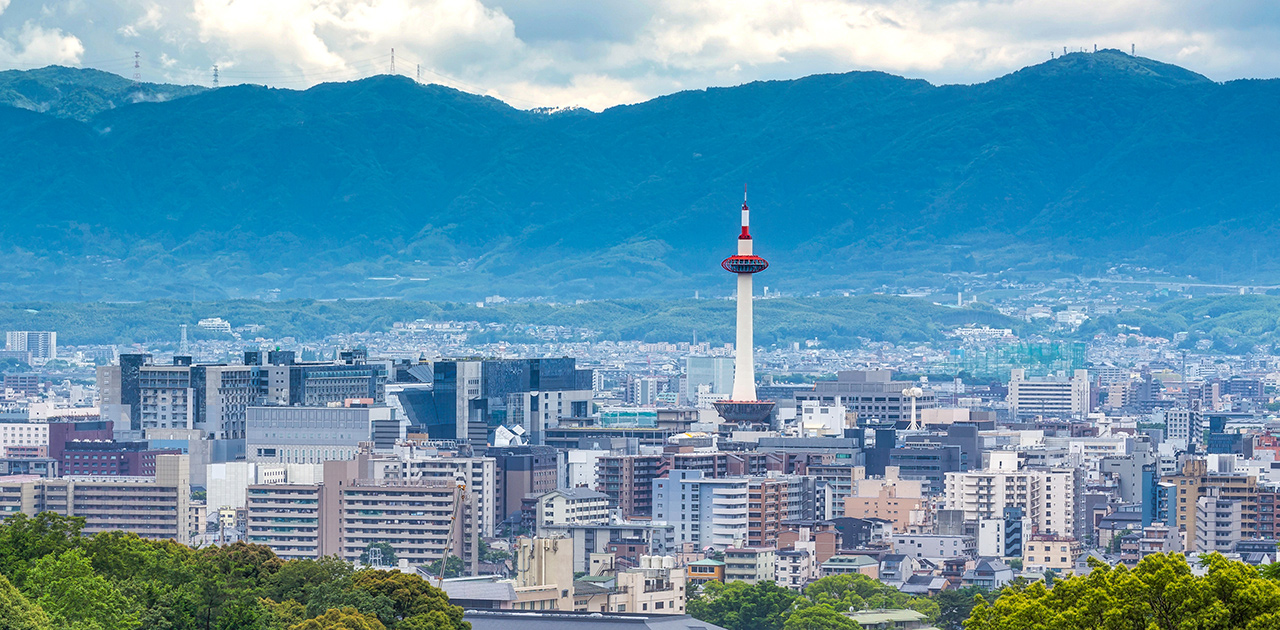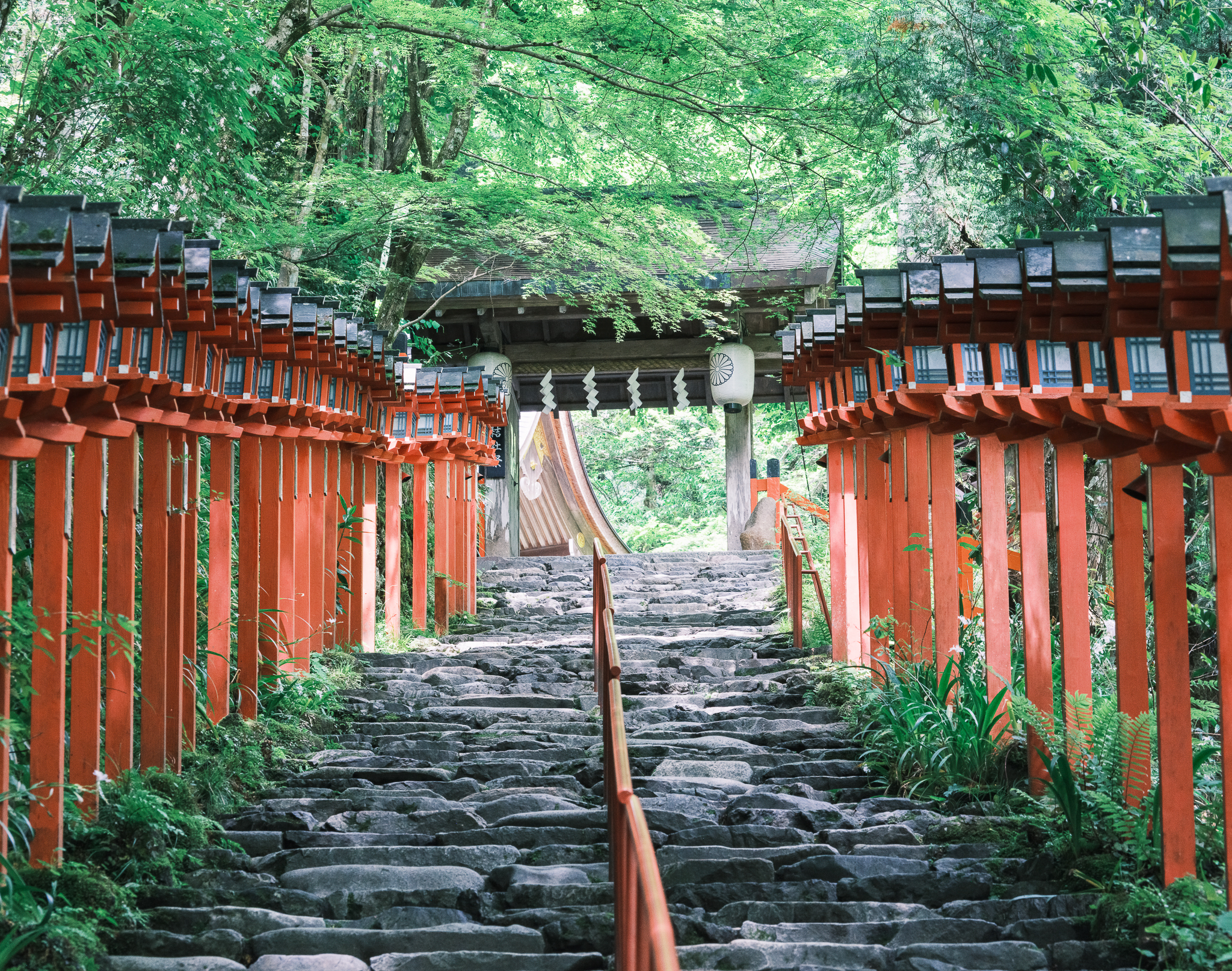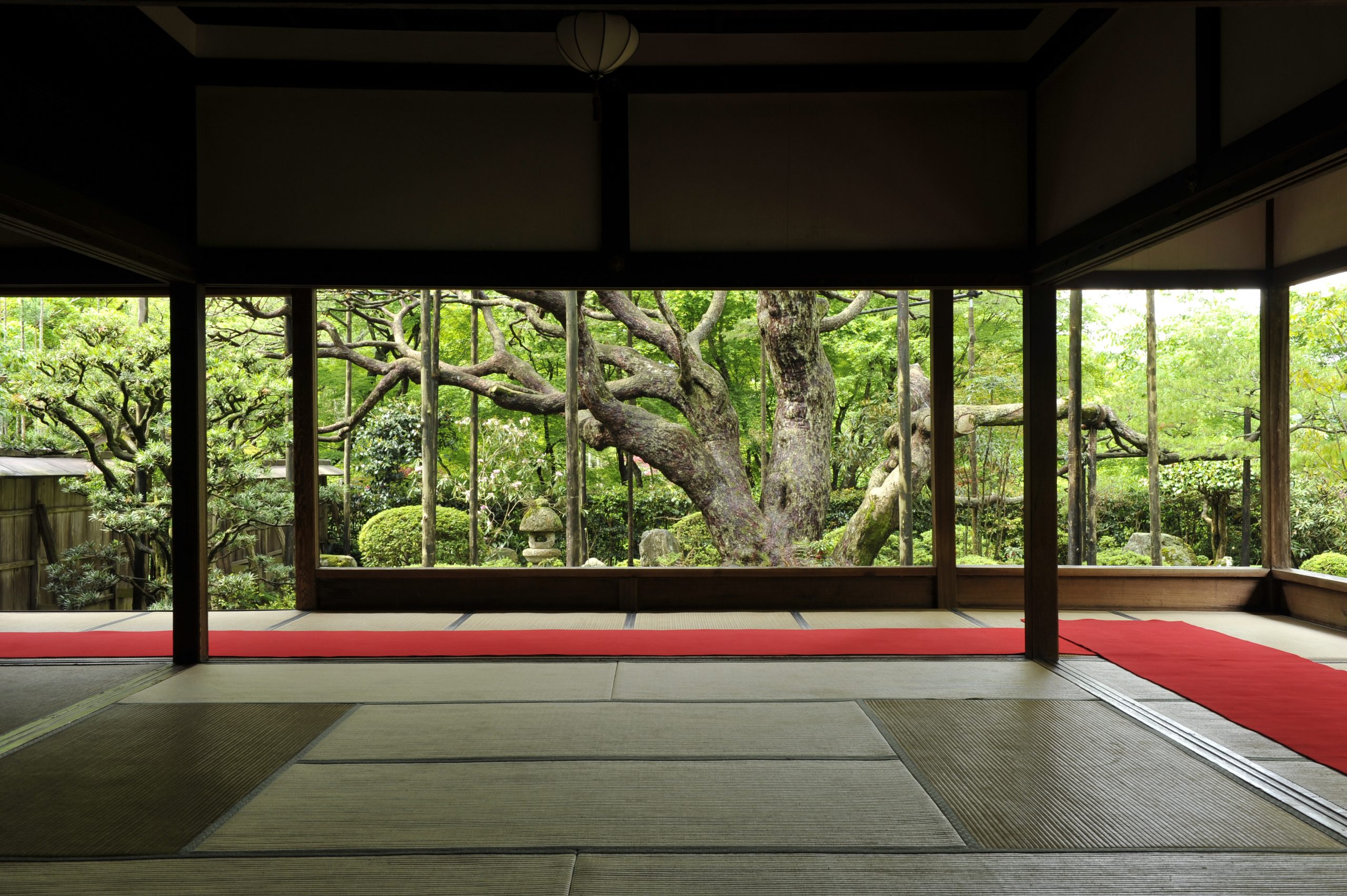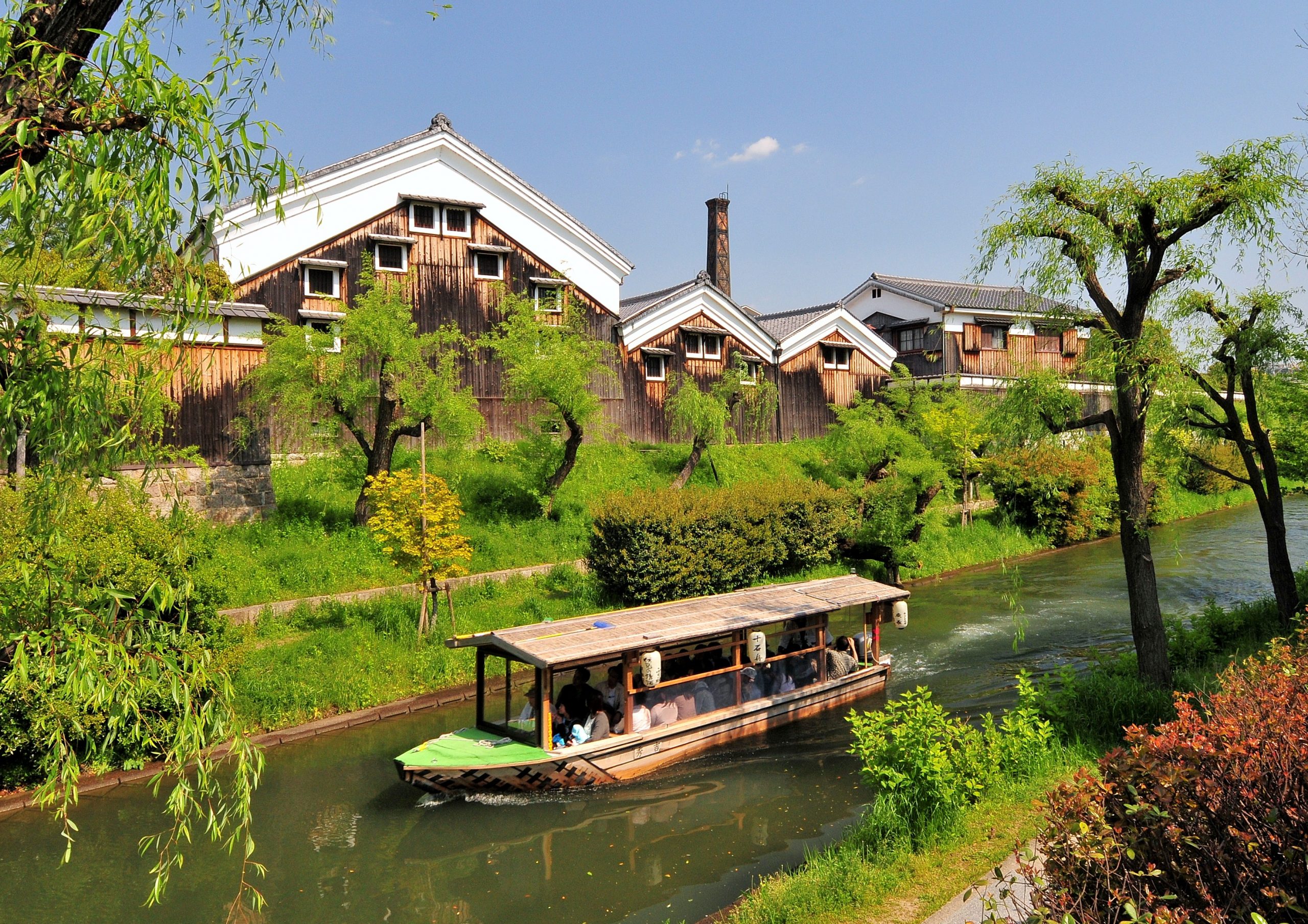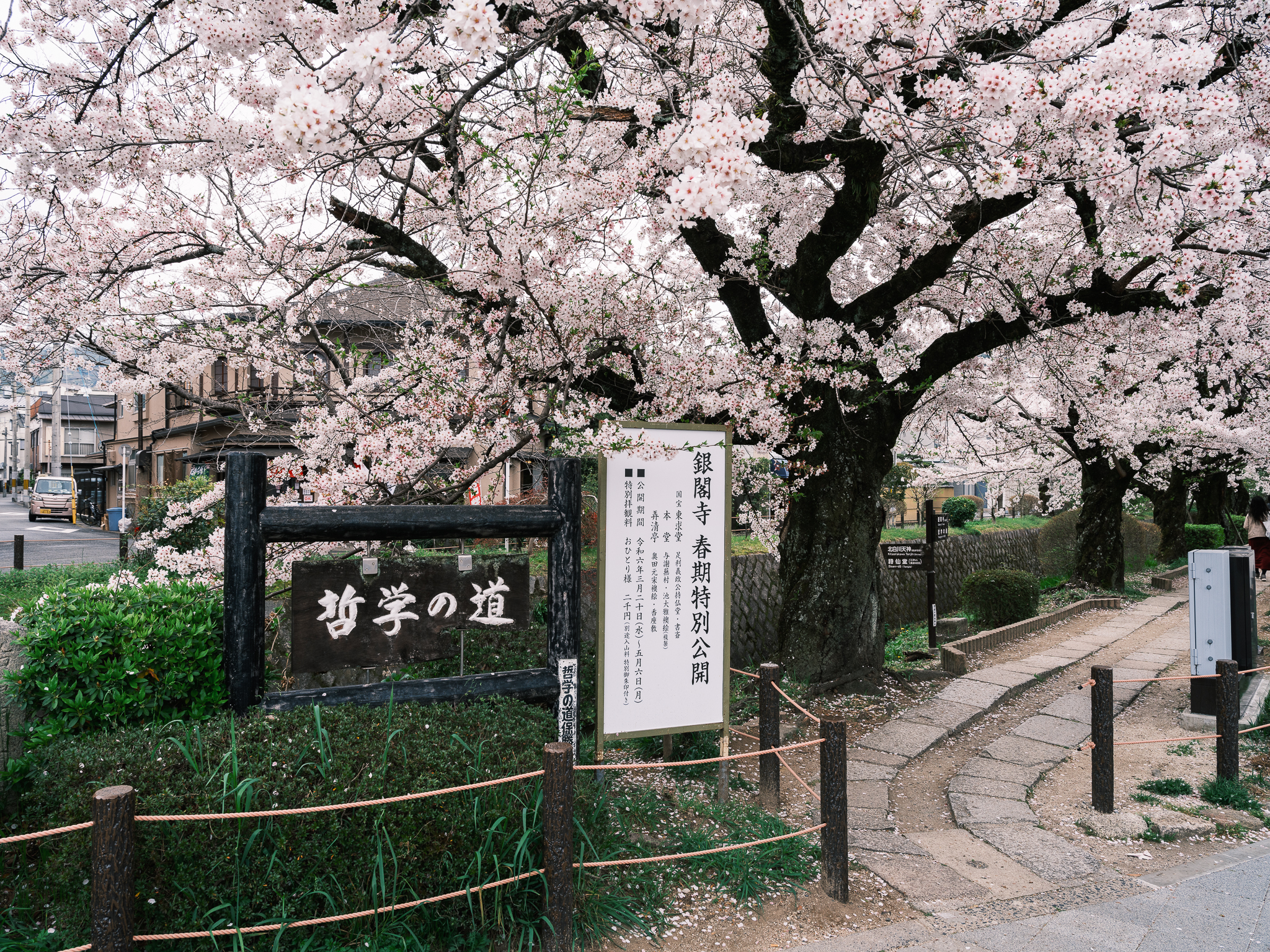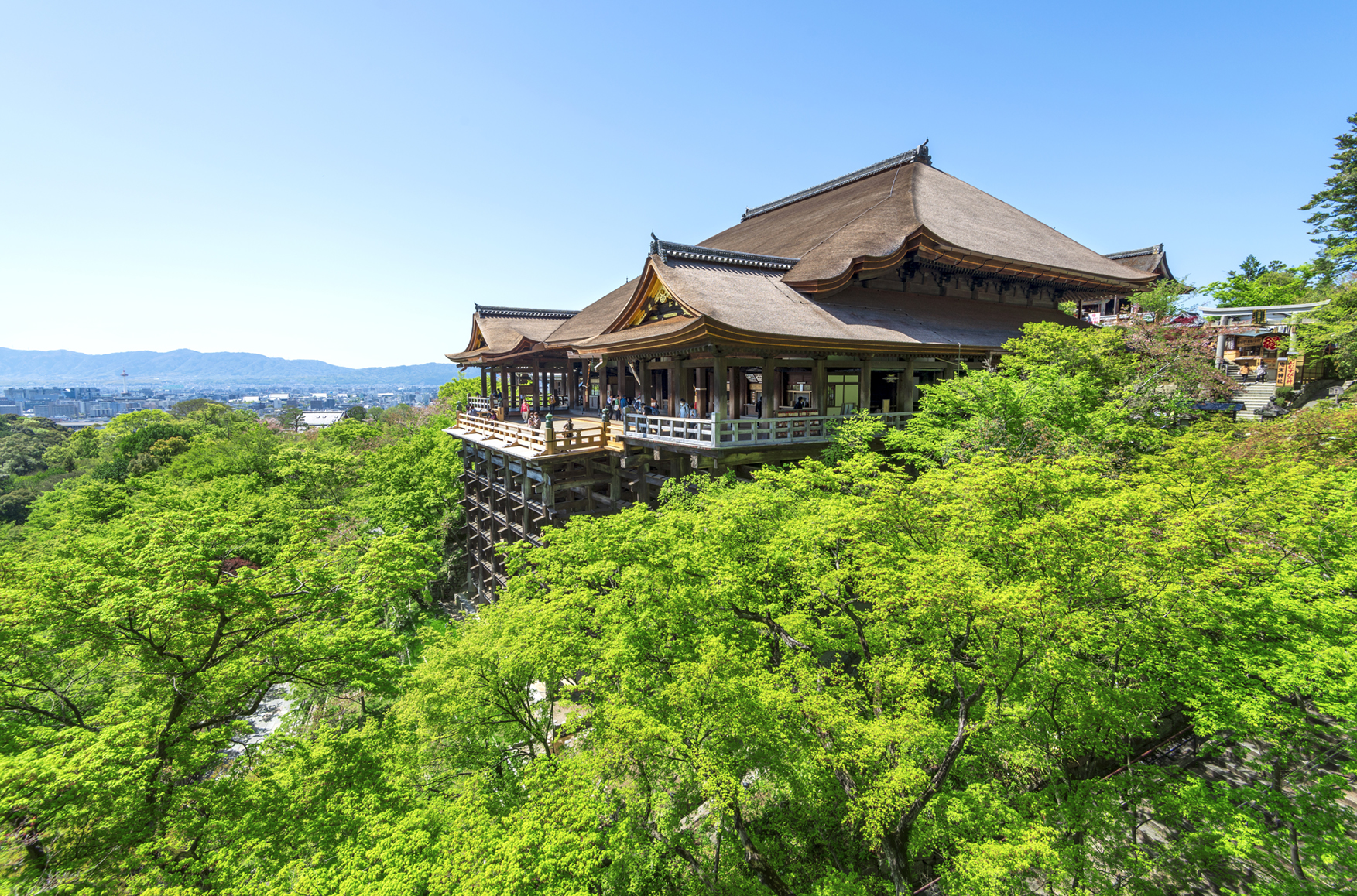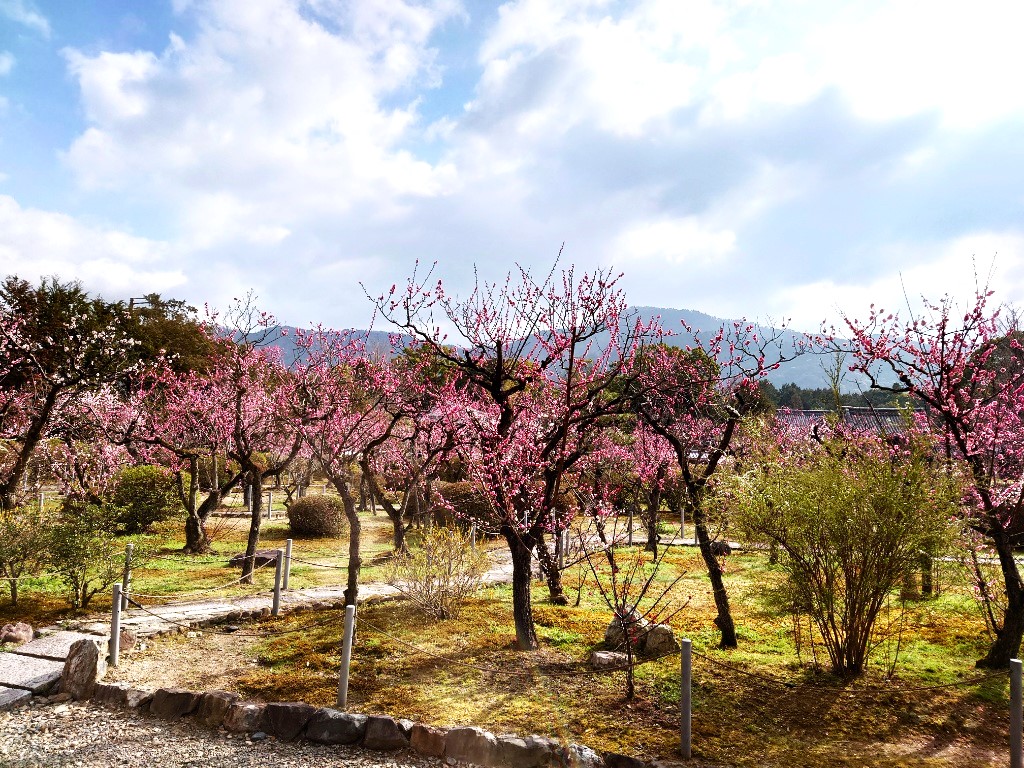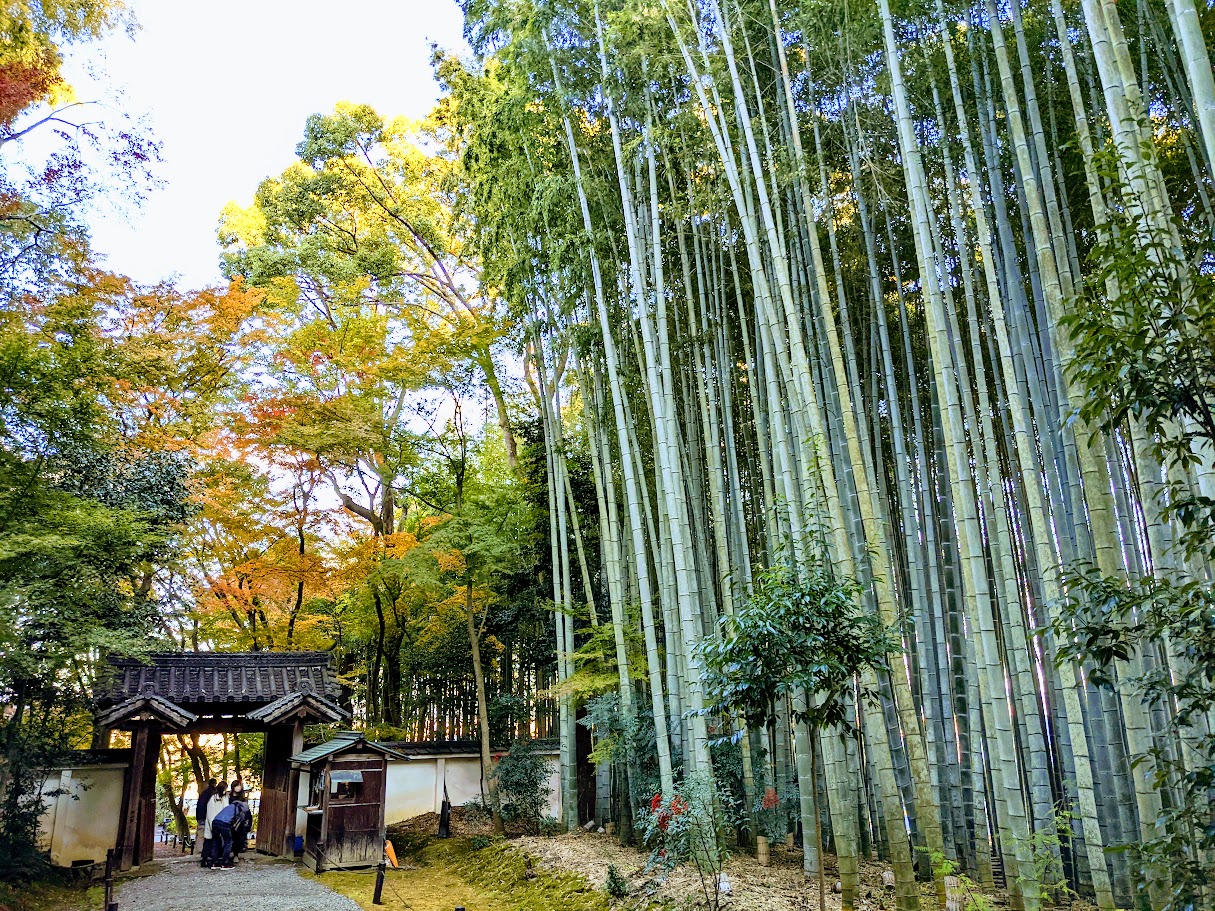
The Katsura/Matsuo area is one station away from Arashiyama by Hankyu Railway. There are various shrines and temples well known to the connoisseur for their beautiful views of bamboo groves, moss, and maple leaves.
The Oharano area is located at the foot of the Nishiyama mountain range on the west edge of Kyoto and has several shrines and temples related to medieval Japanese nobles. Its soil is rich and suitable for farming, and visitors can try various fresh Kyoto vegetables and fruits at local restaurants.
How to get to this area
Tips
Kyoto Nishiyama Database
Nishikyo is part of a larger area named Nishiyama. We have created the “Kyoto Nishiyama Datebase” website to help visitors learn more about the little-known charms of this location. It is available in English, Chinese and Korean.
Make use of it to learn about the local culture cultivated by its residents, its beautiful scenery and authentic food. Spend a memorable time in Nishiyama by delving deeper into its highlights.


